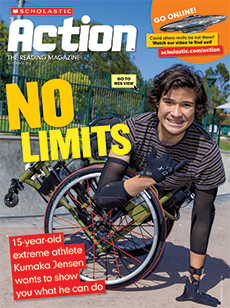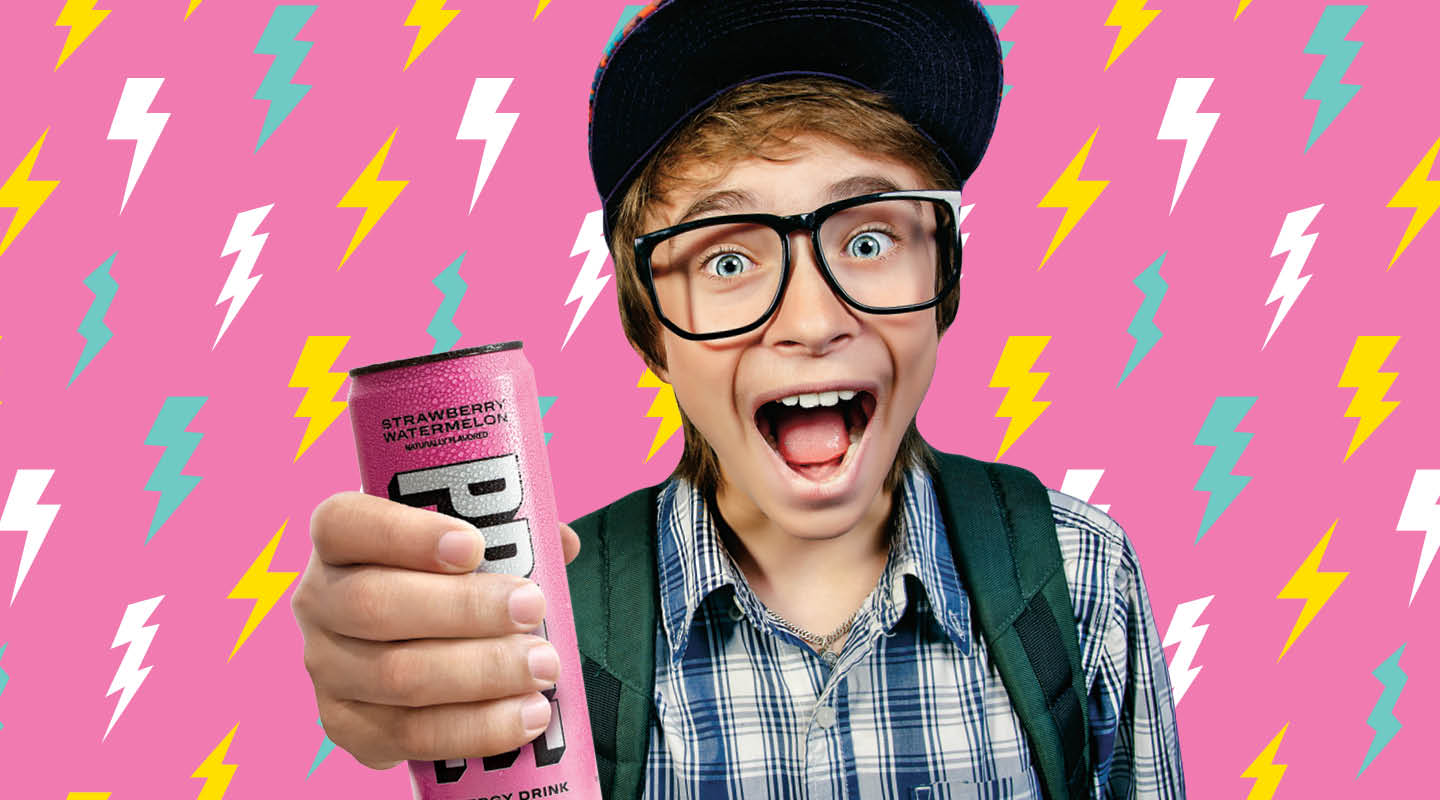Jackson Daniel, 12, couldn’t believe his luck. His mom had just walked in with a big surprise. “I found PRIME!” she said.
For months, Jackson and his friends had been into PRIME Hydration. The candy-flavored sports drinks were all over their TikTok feeds. But the drinks were almost impossible to find in stores near Jackson’s house.
Jackson grabbed a pink can and gulped it down. His brother tried a blue one but didn’t like the taste. So Jackson drank his can too.
Before long, Jackson started feeling strange. His heart pounded. His hands shook. When he tried to go to sleep, he tossed, turned, and jumped out of bed. He was awake until 3 a.m. “I couldn’t stay still,” he said.
That’s because Jackson hadn’t been drinking PRIME Hydration. He had gulped down PRIME Energy. It’s another PRIME drink that came out last January. One can of PRIME Energy is packed with 200 mg of caffeine. That’s double the amount that doctors say is safe for teens to have in a day.
Several countries have already banned the sale of energy drinks to anyone under 18. Now some doctors, parents, and government leaders are wondering: Should the U.S. be doing more to protect young people from caffeine?
Jackson Daniel, age 12, couldn’t believe his luck. His mom had a big surprise for him. “I found PRIME!” she said.
For months, Jackson and his friends had been into PRIME Hydration. The sports drinks taste like candy. They were all over TikTok. But the drinks were hard to find in stores where Jackson lived.
Jackson grabbed a pink can. He gulped it down. His brother tried a blue one. But he didn’t like it. So Jackson drank that one too.
Jackson started to feel strange. His heart pounded. His hands shook. He couldn’t sleep that night. He tossed and turned. He jumped out of bed. He was awake until 3 a.m. “I couldn’t stay still,” he said.
Here’s why: Jackson didn’t drink PRIME Hydration. He drank PRIME Energy. It’s a different PRIME drink. One can has 200 mg of caffeine. That’s twice the amount that doctors say is safe for teens to have in a day.
Some countries have banned the sale of energy drinks to anyone under 18. Now some doctors, parents, and government leaders are wondering: Should the U.S. do more to protect young people from caffeine?
Jackson Daniel, 12, couldn’t believe his luck. His mom had just walked in with a big surprise. “I found PRIME!” she said.
For months, Jackson and his friends had been into PRIME Hydration. The candy-flavored sports drinks were all over their TikTok feeds, but the drinks were almost impossible to find in stores near Jackson’s house.
Jackson grabbed a pink can and gulped it down. His brother tried a blue one but didn’t like the taste, so Jackson drank that one too.
Before long, Jackson started feeling strange. His heart pounded, and his hands shook. When he tried to go to sleep, he tossed, turned, and jumped out of bed. He was awake until 3 a.m. “I couldn’t stay still,” he said.
That’s because Jackson hadn’t been drinking PRIME Hydration. He had gulped down PRIME Energy, another PRIME drink that came out last January. One can of PRIME Energy is packed with 200 mg of caffeine—double the amount that doctors say is safe for teens to have in a day.
Several countries have already banned the sale of energy drinks to anyone under 18. Now some doctors, parents, and government leaders are wondering: Should the U.S. be doing more to protect young people from caffeine?

